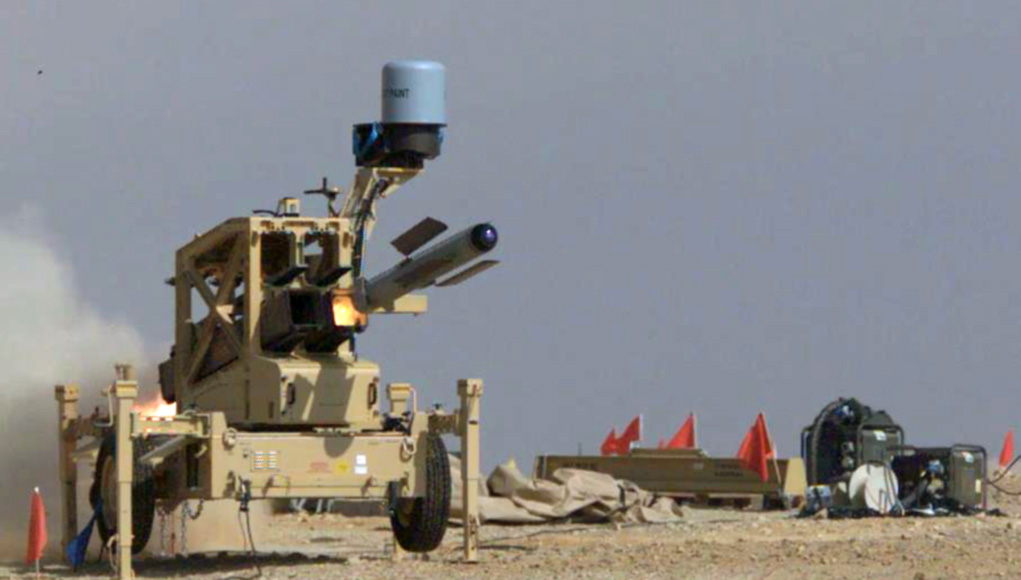
Rafael Advanced Defence Systems has unveiled a new trailer-mounted, remotely-controlled launch system for the Spike Non-Line-of-Sight (NLOS) multi-purpose tactical missile at DSEI 2015.
Dubbed SPARC, and developed over 30 years ago to engage heavy armor formations deep behind enemy lines, Israel has increasingly been using the Spike/NLOS in asymmetric warfare in recent years, employing the weapon’s long range and high precision to deliver measured responses or preemptive attacks against asymmetric and terrorist targets across the borders with Lebanon, Syria and Gaza.
[ismember]The new version doubles the missile load of the previous trailer-based version operated by a NATO customer, and improves some of the system’s target acquisition and support elements which were already integrated into the vehicle-mounted version of the system, developed for South Korea.[/ismember]
Sparc is expected to enter production this year and to augment the launchers already operating with the customer. The trailer-based system was originally designed to operate at forward bases, independent of dedicated vehicles, as it can rapidly deploy with light troops, supported by various vehicles, primarily lightweight tactical utility vehicles.
[ismember]Once positioned, the system is self contained, with missiles mounted on a rotating platform, to deliver 360º offensive and defensive coverage up to 25 km. The weapon is controlled via fiber-optic cable, from a control unit located up to 500 meters from the launch site.
Apart from the four-launcher stack mounted on a rotatable pedestal, the trailer also comprises the datalink module and missile launch computer, which controls the missile’s pre-launch and launch process and receives data and images from the missile, during its flight toward the target.
The control unit also acts as an advanced training unit, simulating actual battle conditions. The system’s connectivity to an instructor unit allows UAV visual data simulation and complex condition training.
The Spike/NLOS missile incorporates a dual sensor, enabling target engagement in day, night and in adverse weather conditions. The missile can be launched and hit targets with pinpoint accuracy, based on target acquisition data acquired before or after launch, using Unmanned Aerial Vehicles, forward observations, real-time intelligence or calls for fire, as the operator can control the missile in flight, using mid-course navigation and terminal guidance via RF datalink employed by the system.
The Spike NLOS weapon system can be operated in either direct attack or mid-course navigation, based on target coordinates only. These modes allow the force to defeat long-range hidden targets with pinpoint precision, to gain damage assessment and to obtain real-time intelligence.[/ismember]
[nonmember]This is a short version including 142 of 460 words of the original article. Subscribe to Defense Update to read the full story.[/nonmember]














